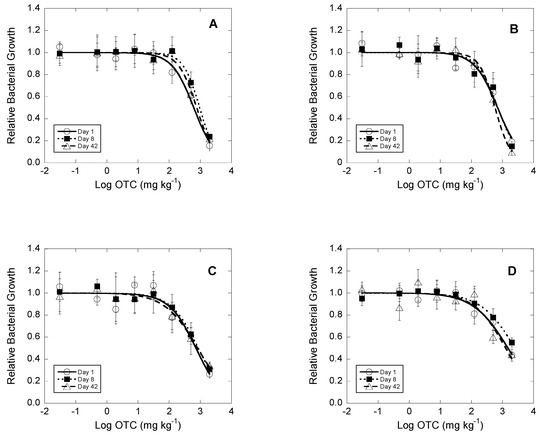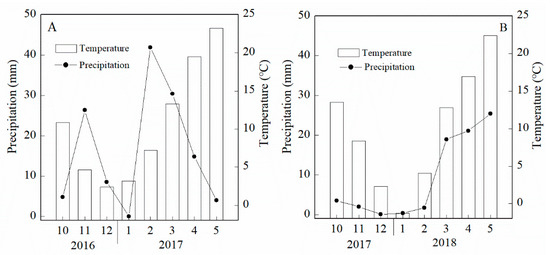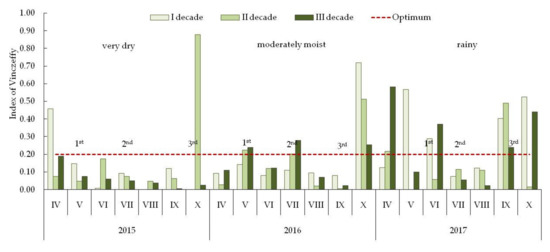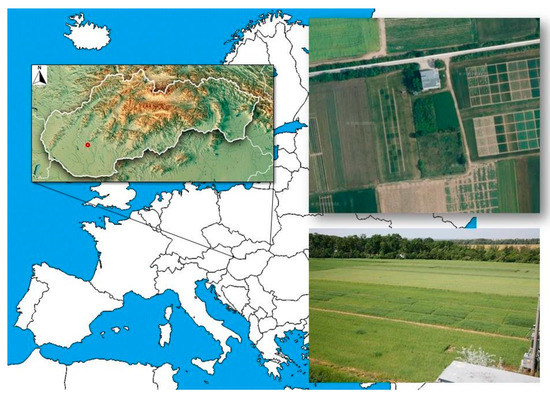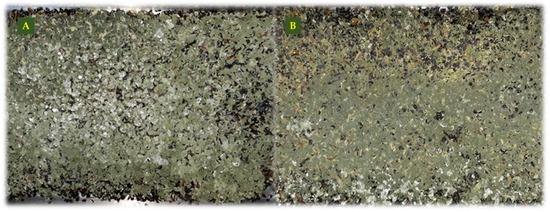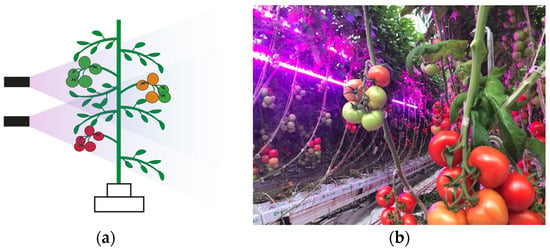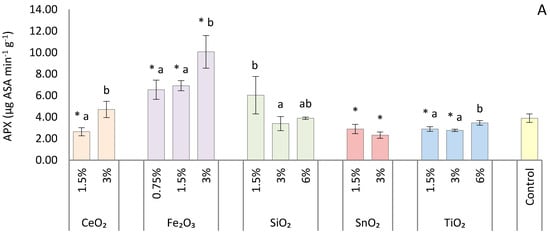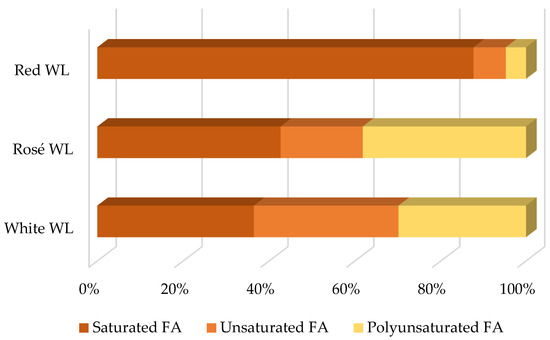Agronomy 2020, 10(7), 1011; https://doi.org/10.3390/agronomy10071011 - 14 Jul 2020
Cited by 18 | Viewed by 4433
Abstract
Toxicity on soil bacterial community growth caused by the antibiotics oxytetracycline (OTC) and chlortetracycline (CTC) was studied in 22 agricultural soils after 1, 8 and 42 incubation days. The leucine incorporation method was used with this aim, estimating the concentration of each antibiotic
[...] Read more.
Toxicity on soil bacterial community growth caused by the antibiotics oxytetracycline (OTC) and chlortetracycline (CTC) was studied in 22 agricultural soils after 1, 8 and 42 incubation days. The leucine incorporation method was used with this aim, estimating the concentration of each antibiotic which caused an inhibition of 50% in bacterial community growth (log IC50). For OTC, the mean log IC50 was 2.70, 2.81, 2.84 for each of the three incubation times, while the values were 2.05, 2.22 and 2.47 for CTC, meaning that the magnitude of OTC toxicity was similar over time, whereas it decreased significantly for CTC with incubation time. In addition, results showed that the toxicity on bacterial community growth due to CTC is significantly higher than when due to OTC. Moreover, the toxicity on bacterial community growth due to both antibiotics is dependent on soil properties. Specifically, an increase in soil pH and silt content resulted in higher toxicity of both antibiotics, while increases in total organic carbon and clay contents caused decreases in OTC and CTC toxicities. The results also show that OTC toxicity can be well predicted by means of specific equations, using the values of pH measured in KCl and those of effective cation exchange capacity as input variables. CTC toxicity may be predicted (but with low precision) using pH measured in KCl and total organic carbon. These equations may help to predict the negative effects caused by OTC and CTC on soil bacteria using easily measurable soil parameters.
Full article
(This article belongs to the Special Issue Soil Healthy in Agro-ecosystems)
►
Show Figures
